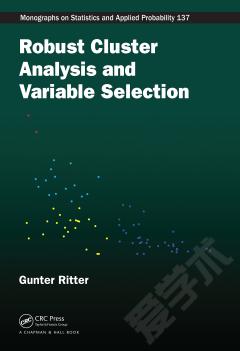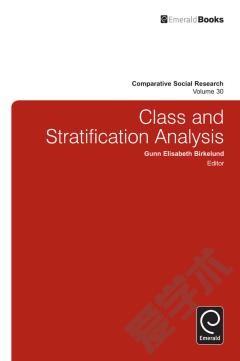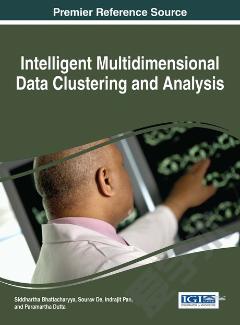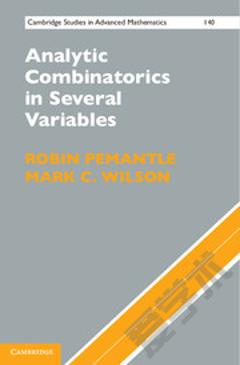Robust Cluster Analysis and Variable Selection
Introduction Mixture and classification models and their likelihood estimators General consistency and asymptotic normality Local likelihood estimates Maximum likelihood estimates Notes Mixture models and their likelihood estimators Latent distributions Finite mixture models Identifiable mixture models Asymptotic properties of local likelihood maxima Asymptotic properties of the MLE: constrained nonparametric mixture models Asymptotic properties of the MLE: constrained parametric mixture models Notes Classification models and their criteria Probabilistic criteria for general populations Admissibility and size constraints Steady partitions Elliptical models Normal models Geometric considerations Consistency of the MAP criterion Notes Robustification by trimming Outliers and measures of robustness Outliers The sensitivities Sensitivity of ML estimates of mixture models Breakdown points Trimming the mixture model Trimmed likelihood function of the mixture model Normal components Universal breakdown points of covariance matrices, mixing rates, and means Restricted breakdown point of mixing rates and means Notes Trimming the classification model - the TDC Trimmed MAP classification model Normal case - the Trimmed Determinant Criterion, TDC Breakdown robustness of the constrained TDC Universal breakdown point of covariance matrices and means Restricted breakdown point of the means Notes Algorithms EM algorithm for mixtures General mixtures Normal mixtures Mixtures of multivariate t-distributions Trimming - the EMT algorithm Order of Convergence Acceleration of the mixture EM Notes k-Parameters algorithms General and elliptically symmetric models Steady solutions and trimming Using combinatorial optimization Overall algorithms Notes Hierarchical methods for initial solutions Favorite solutions and cluster validation Scale balance and Pareto solutions Number of components of uncontaminated data Likelihood-ratio tests Using cluster criteria as test statistics Model selection criteria Ridgeline manifold Number of components and outliers Classification trimmed likelihood curves Trimmed BIC Adjusted BIC Cluster validation Separation indices Normality and related tests Visualization Measures of agreement of partitions Stability Notes Variable selection in clustering Irrelevance Definition and general properties The normal case Filters Univariate filters Multivariate filters Wrappers Using the likelihood ratio test Using Bayes factors and their BIC approximations Maximum likelihood subset selection Consistency of the MAP cluster criterion with variable selection Practical guidelines Notes Applications Miscellaneous data sets IRIS data SWISS BILLS STONE FLAKES Gene expression data Supervised and unsupervised methods Combining gene selection and profile clustering Application to the LEUKEMIA data Notes Appendix A: Geometry and linear algebra Appendix B: Topology Appendix C: Analysis Appendix D: Measures and probabilities Appendix E: Probability Appendix F: Statistics Appendix G: Optimization
{{comment.content}}








 京公网安备 11010802027623号
京公网安备 11010802027623号